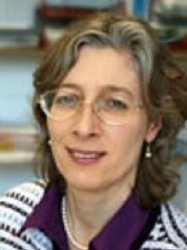BibTex format
@article{Rivas:2021:10.1016/j.envint.2021.106662,
author = {Rivas, I and Vicens, L and Basagaña, X and Tobías, A and Katsouyanni, K and Walton, H and Hüglin, C and Alastuey, A and Kulmala, M and Harrison, RM and Pekkanen, J and Querol, X and Sunyer, J and Kelly, FJ},
doi = {10.1016/j.envint.2021.106662},
journal = {Environment International},
title = {Associations between sources of particle number and mortality in four European cities},
url = {http://dx.doi.org/10.1016/j.envint.2021.106662},
volume = {155},
year = {2021}
}

